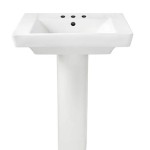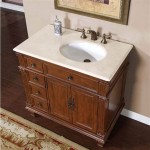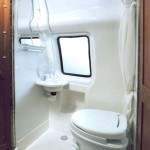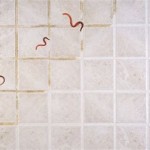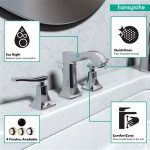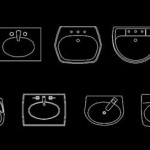Essential Aspects of Bathroom Sink Piping
Bathroom sink piping is a crucial aspect of any bathroom, ensuring the proper flow and drainage of water. Understanding the essential aspects of bathroom sink piping is essential for both homeowners and plumbing professionals to ensure efficient and reliable performance.
Types of Piping Materials
The material of the piping used for bathroom sinks can significantly impact its durability and performance. Common materials include copper, PVC (polyvinyl chloride), CPVC (chlorinated polyvinyl chloride), and PEX (cross-linked polyethylene). Each material offers unique advantages and disadvantages, such as flexibility, corrosion resistance, and cost.
Pipe Size and Configuration
The size and configuration of the piping play a vital role in ensuring proper water flow. The diameter of the pipes should be adequate to handle the volume of water passing through them, while the configuration of the pipes should minimize pressure drops and prevent clogs or blockages.
Connections and Joints
The connections and joints between pipes are critical for maintaining a leak-free system. Various types of fittings and connectors are used to join pipes, each with its own specific requirements for sealing and tightening. Proper installation and maintenance of these connections are essential to prevent leaks and ensure the longevity of the piping system.
Drainage System
The drainage system of a bathroom sink includes the drainpipe, P-trap, and vent. The drainpipe carries wastewater from the sink to the drain, while the P-trap prevents sewer gases from entering the bathroom. The vent equalizes air pressure in the drainage system, ensuring proper drainage.
Maintenance and Troubleshooting
Regular maintenance and troubleshooting are essential to keep bathroom sink piping in optimal condition. Periodic inspections can identify potential issues, such as leaks, clogs, or corrosion. Routine cleaning and descaling can prevent scale buildup and blockages. In the event of any issues, it is recommended to consult a qualified plumber for professional repair or replacement.
Conclusion
The essential aspects of bathroom sink piping, including material selection, pipe size and configuration, connections and joints, drainage system, and maintenance, play a pivotal role in ensuring the efficient and reliable functioning of any bathroom. Understanding these aspects empowers homeowners and plumbing professionals alike to maintain and troubleshoot bathroom sink piping, contributing to a comfortable and functional bathroom experience.

How To Plumb A Bathroom With Multiple Plumbing Diagrams Hammerpedia

How To Unclog A Bathroom Sink Hana S Happy Home

Bathroom Sink Drains Plumbing Replace

Simple Drain 1 25 In Rubber Threaded P Trap Bathroom Single Sink Kit 3ea 1v2 Tc0 The Home Depot

What Is The Bathroom Sink Plumbing Rough In Heights

Bathroom Sink Plumbing

Bathroom Sink Plumbing Installation

Bathroom Sink Plumbing Diagram Diy Sinks Drain

How To Connect A Bathroom Sink Drain

Bathroom Sink Plumbing Installation Diy Montreal
Related Posts
